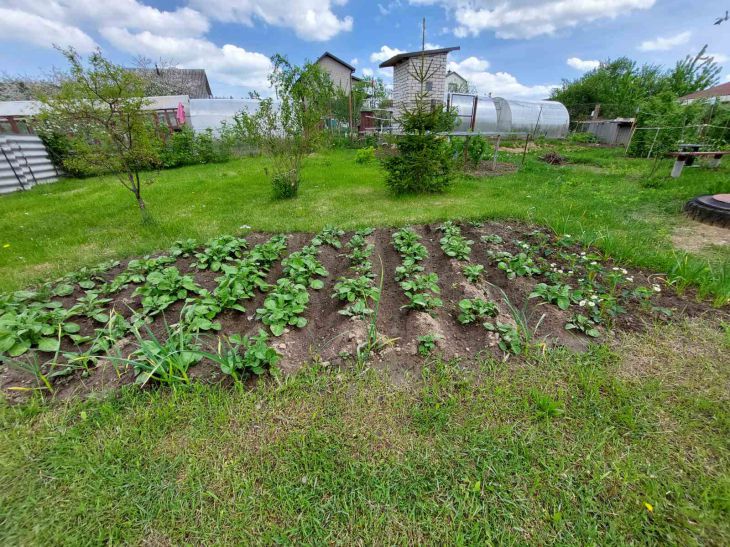How to save space in the garden and get several harvests from one bed: it's easier than it seems
The plot for a vegetable garden is often much smaller than desired. This is especially relevant now, when you can get lost among the abundance of seeds in gardening stores.
I want to try not only new plants, but also plant different varieties in the garden, which are offered in abundance in stores. But due to the lack of space in the garden, I have to limit myself.
However, with the right approach, you can get several harvests from one bed, thus saving space and increasing the number of crops grown. And it’s easier to do than it seems.
Planting in several stages
In the southern regions, it is possible to harvest several crops from one bed due to the warm climate. In the northern regions, this can also be done, but by selecting certain crops and varieties.
For example, in the spring, you can sow cold-resistant crops of early ripening under the film. These are radishes, lettuce, watercress, spinach, arugula, pak choi. As a rule, you can eat these plants in a month or a month and a half. You can also grow Chinese cabbage very early if you sow it for seedlings 30 days before planting in the garden.

At the end of May or the beginning of June, heat-loving plants can be planted in a bed with early crops, most of which have already been harvested: tomatoes, peppers, eggplants, cucumbers, beans, and zucchini.
Another good combination is to grow early peas, which reach technical maturity already at the end of June. In mid-June, sow carrots or beets between its rows for winter storage. By the time the root crops sprout and begin to grow actively, the peas will have already been harvested.
Companion plantings
Companion plantings allow you to grow several crops in parallel in one place. You should not limit yourself to the classic scheme of combining onions and carrots, strawberries and garlic. Experiment, look for combinations that suit you.
There are several aspects to consider.
1. Combine plants that grow in different planes, i.e. tall and low.
2. Combine plants whose root systems are located at different levels.
3. Consider care needs so that feeding, watering and other activities carried out for one plant do not interfere with the growth of another.
Some examples of successful combinations.
1. Corn and tomatoes or peppers.
2. Corn and all types of pumpkin.
3. Cucumbers on trellises and beets.
4. Cucumbers and dill.
5. Tomatoes and spicy herbs (basil, dill, marjoram, coriander, parsley).
6. Potatoes and beans.
7. Tomatoes and beans.
8. Corn and climbing beans.
9. Strawberries and perennial onions.
The list can be continued indefinitely. But you yourself must select the optimal combinations of those crops and varieties that you grow on your plot.
